What is Yin Yang Yoga?
Yin Yang Yoga combines two styles of yoga into one method, bringing together the advantages of quietly holding yoga poses with more dynamic sequences and standing positions.
Yin and Yang are the Taoist ideas that represent the two relative qualities present in everything. ☯️
Yin is more internal, passive, cooling, and downward. Yang is more outside, dynamic, warming, and upward.
When these terms are used in yoga, Yin Yoga is a slower practice where poses are quietly held for longer. It works on the deep, dense connective tissues and joints in the body. Yang Yoga, in opposition, refers to more active practice. This works on the (Yang) muscles and blood flow, building strength, stamina, and elasticity. 🧘♀️

What are the Benefits of Yin Yang Yoga?
Yin, just like all forms of yoga, has many advantages for the body and mind. This slower pace of yoga is more convenient for those with poorer cardiac strength but is a mental and physical difficulty in a different way to Hatha. As you are keeping postures for an extended period, you may find the practice is difficult and often staying still in the posture for the full five minutes or more, is more a mental struggle than a physical one.
The advantages of a yin yoga practice include:
- Quieting the mind and overcoming anxiety
- Improving mental resiliency and concentrate
- Decreasing stress and anxiety
- Boosting circulation
- Gaining flexibility
- Delivering the fascia and improving joint mobility
- Building a sense of calm in the mind
Yin is a fantastic practice to complete a Hatha yoga practice or other forms of exercise. It’s essential to make sure Yin is practiced cold to avoid pushing too deeply into postures once flexibility is enhanced by warming up, this is true of both passive and active heating, meaning as well as avoiding warming up before, you also want to practice yin in a room that isn’t too hot. 🌡️

Is Yin Yang Yoga suitable for Beginners?
Beginners can exercise Yin Yoga! Don’t worry if you feel that you aren’t open or resilient enough to practice, improving flexibility and movement in the body is one of the causes of yogis practicing Yin Yoga. 🧘
Because this practice is more moderate and postures are held for a longer period, it can be more comfortable for beginners to follow than a faster-paced practice. That being said, it can also appear pretty prominent in your body, so permit yourself time and space as you familiarize yourself with this yoga practice.
Yin Yang Yoga Poses for Beginners
Below is a simple beginner-friendly yin yoga order anyone of any level can try. No need to warm up before the sequence, as that benefits you get deeper into the connective tissue.
Child’s Pose
- Take your knees separated mat-width distance, drive your hands forward and hold your forehead on the mat.
- Bend your elbows slightly to loosen any tension in the neck and shoulders and let your hips sink to your heels.
- Stay for 5 minutes and find flexibility in your joints, muscles, and breath.

Cat/Cow Pose
- From the child’s pose, start to walk your hands back toward you and come onto all fours.
- Check that your fingers are forced wide underneath your shoulders and that your knees are under your hips with your toes eased back and the tops of your feet on the mat.
- On an inhale, lift your chin separate from your chest, arch your back, and lift your heart.
- On your exhale, round your spine, pull your belly in, and look toward your belly button. Repeat 5-7 rounds of breath.

Downward Facing Dog Pose
- Drive your hands a few inches ahead to the top of your mat and lay your finger-wide.
- Turn your toes under, raise your knees off the mat, and your hips up toward the roof.
- Take a few knee curves or any other action that feels good in your body.
- Find tranquility in the downward dog and check that your feet are hips-width distance, hands shoulder-width distance, fingers opened wide, and spine is long. Wait for 5 deep breaths.

Ragdoll/Dangle Pose
- Walk your feet ahead to the head of your mat and get your feet to separate hips-width distance. If you are uncertain about the distance, measure two fists between your feet.
- Relax your knees and bend them strongly so that your stomach rests on your thighs. Rest your head and neck and grab for opposite elbows.
- You can find movement here, releasing any extraneous tension in your body. Keep your knees bending, roll the weight slightly forward to the balls of your feet, and join your thigh muscles by raising your kneecaps up and hugging your muscles to the bone. Stay for 5-7 breaths.

Gecko/Dragon Pose
- From Ragdoll, locate your palms back down on the mat and step your feet back to the downward-facing dog.
- Raise your right leg up, turn your knee, and open your hip.
- Keep your shoulders squared to the floor. Push your right foot forward to the outside of your right hand and set your left knee on the ground.
- Make sure that your right foot is even on the floor and that you have a broad stance. Feel easy to move your left knee back to produce more space to open up.
- Walk your hands ahead and rest your hands or elbows on the mat. Allow your upper body to be heavy and allow your shoulders to relax away from your ears.
- Allow yourself to be as convenient as possible in this pose.
- Start with 3 minutes on each side and wait for up to 5 minutes on each side. Repeat on the left side.

Butterfly Pose
- From Dragonfly, take your legs collectively and give them a little movement to release.
- Twist your knees and bring the soles of your feet together and your knees out in a diamond pattern.
- Place one or two pieces on top of your feet and begin to round forward, holding your forehead on the blocks.

Pigeon/Sleeping Swan Pose
- From butterfly pose, gently make your way back to the downward-facing dog.
- Lift your right leg up and turn your knee. Take your right knee behind your right wrist and stretch your left leg back behind you.
- Check that your left toes are pointing right back with the top of your foot on the floor. Square your hips and make sure that you are not lying on your right foot.
- Begin to walk your hands ahead and rest your hands, elbows, or forehead to the floor. Start with 3 minutes on each side and stay for up to 5 minutes on each side. Repeat on the left side.

Sphinx Pose
- After the left side of pigeon pose, make your move back to the downward dog and then drop yourself down to the mat, laying down on your belly.
- Stretch your legs back behind you with the heads of your feet on the floor. Flex your elbows and put your forearms on the mat with your palms flat on the floor and fingers spread wide.
- Raise your chest up holding your elbows and forearms on the mat. Roll your shoulders back and raise your chest up. Shut your eyes and stay for 5-7 deep breaths.

Spinal Twist Pose
- Take your knees collectively into your chest. Free your arms out in a T-shape with your palms facing down to the mat.
- Loosen your knees to the right and stack your left hip on top of your right hip.
- Turn your head to allow the left side of the room and keep your left shoulder on the mat. Wait for 5 minutes and repeat on the left side.

Happy Baby Pose
- Ground yourself back down on the mat and flip over to your back. Bow both of your knees, take your feet apart, and reach the sides of the feet with your hands.
- Flex your toes, bring the soles of your feet up to the ceiling and begin to lightly pull your knees toward the floor.
- Keep your tailbone and head on the mat and relax your shoulders away from your ears.

Advanced Yin Yoga Poses
An essential principle in yin yoga is finding your edge both physically and mentally in a pose. The aim is to feel sensation in the body without pushing past your limits experiencing pain.
Expert yogis will typically hold poses for 3-5 minutes or more by using aids such as blankets, bolsters, or yoga blocks to fall into the posture. Try out these advanced yoga poses to find your edge and challenge your practice. 💪
Camel Pose
Like many backbends, a camel pose can be challenging both emotionally and physically. Moving the spine in a reverse direction than normal, the vulnerability of exposing the heart, and the activation of the “fight or flight” answer are all challenges that come with this pose. Finding silence in these challenges can mentally and physically test even an excellent yogi. To come into a camel, begin by holding on your knees and placing your hands on the hips. Keeping the hips forced forward, arch your back and drop the head back if the neck is relaxed. Hands can separate back one at a time to rest on the heels.

Snail Pose
Because this pose puts a lot of stress on the neck, it is better adapted to advanced practitioners who have experience of proper alignment and body awareness. Starting by lying on the back, lift the hips and help them with your hands 👋. Allow the back to round and your feet to hang over your head toward the floor. Put the weight of your body onto your shoulders and bend the knees toward the floor for a deeper rounding of the spine.

Twisted Dragon Pose
Twisted dragon aims many areas together including the wrists, shoulders, hips, hamstrings, and the groin. Starting in downward dog, step one foot between the hands and walk the front foot forward till the knee is right above the heel. Put the hands on each side of the front foot. Lower the back knee, loosen the top of the foot, and shin to the mat, and slide the leg backward as far as you can. For the twist, the same hand as the front knee forces the knee to the side, while the chest turns to the sky. Be sure to replicate on the opposite side.

Dangers of Yin Yoga
⚠️ One of the primary risks of Yin Yoga practice, in common, is that it promotes extended periods of flexion of the spine, something that should be evaded by someone with low bone density, osteopenia, or osteoporosis.
Exercise Instructions for Osteoporosis
Yoga is best for your overall health and well-being 🌿. Nevertheless, you need to do more than that if you have osteoporosis disease. Exercise is an essential element of bone health. If you have osteoporosis, therapeutic exercise requires you to be part of your osteoporosis treatment program.
Safe Yin Yoga Poses
The following Yin Yang Yoga poses are usually secure for individuals with osteoporosis, or low bone density. Specific poses need particular attention.
- Ankle stretch
- Bananasana
- Melting Heart
- Cat Dragging its Tail: Unmodified, the pose requires side flexion and rotation of the spine. It can be done carefully resting on your side with the top hand holding the top foot.
- Dragons.
- Happy Baby Pose: If you have had a disc problem then using a little roll at the lumbar spine will keep your back safer.
- Elongated Child’s Pose: This can be changed by bringing big toes together, knees apart. Sit back with a stress on the hips joints. Bending from the hips and avoid bending the spine.
- Butterfly and Wide Angle posture: This is secure when the legs are resting up against the wall.
Unsafe Yin Yoga Poses
Yoga practitioners and teachers should generally bypass these Yin Yoga poses for people with osteoporosis, osteopenia, or low bone density. 🦴
- Seated Butterfly: With or without a bolster or blocks to hold your head, your lumbar spine is in flexion. Depending on your elasticity, your thoracic spine is also in flexion.
- Camel Pose: Requires too much compression on the spinous methods and facet joints of the spine. It is also harmful for the anterior capsule of the shoulder.
- Child’s Pose: Knees are held close together and arms are by your side. This condition can put your spine in flexion.
We hope that our advice has helped you to start yin yang yoga and to have a solid basis to avoid injuries. If you wish, you can visit our Yin Yang online shop.
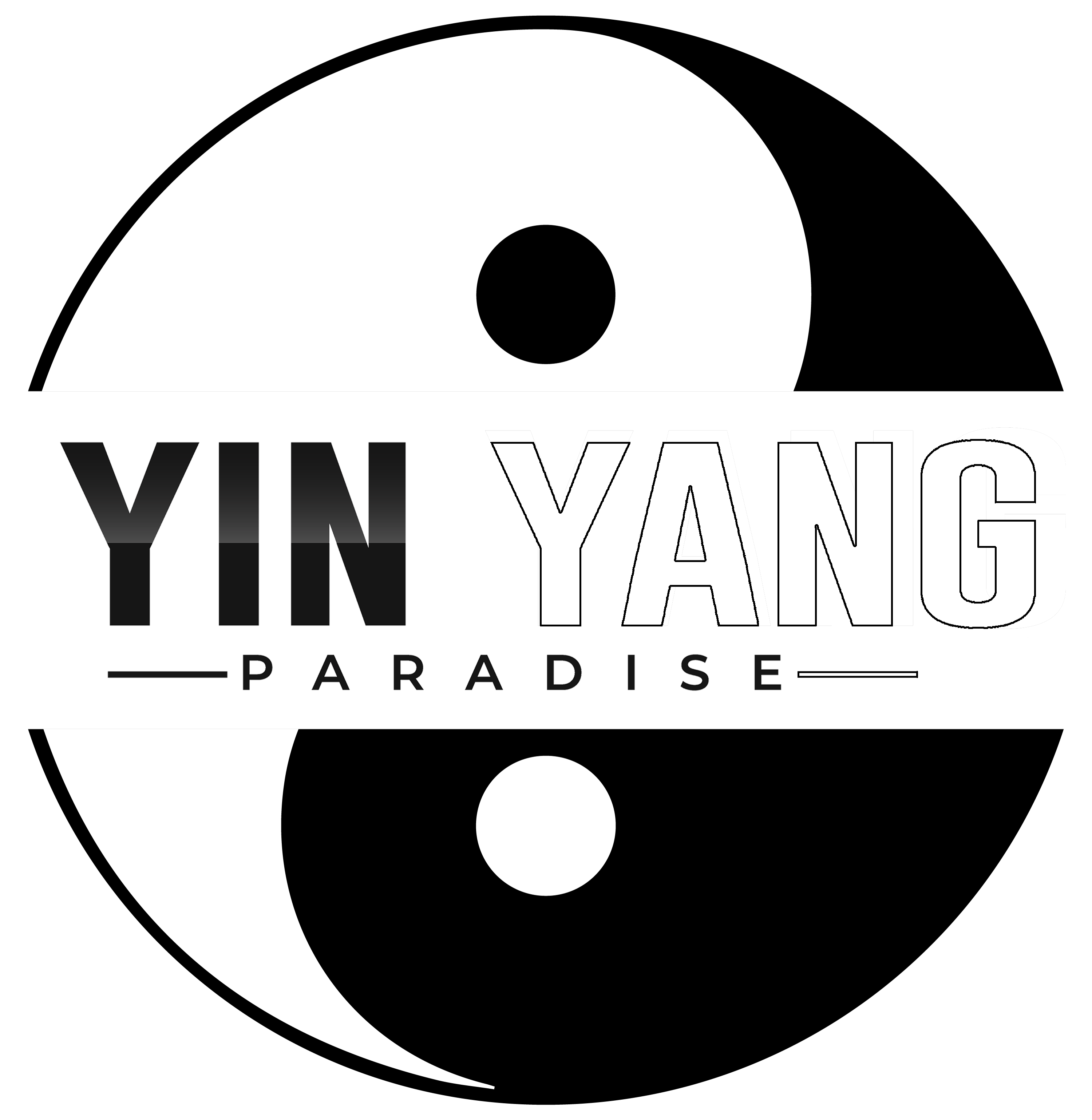

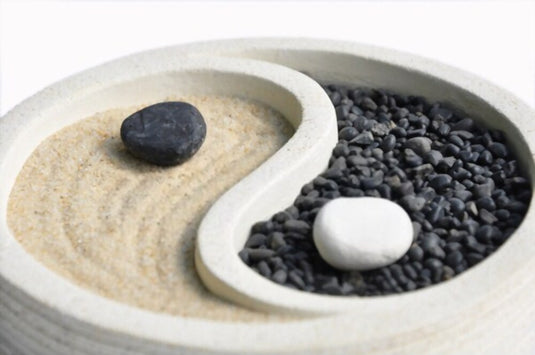
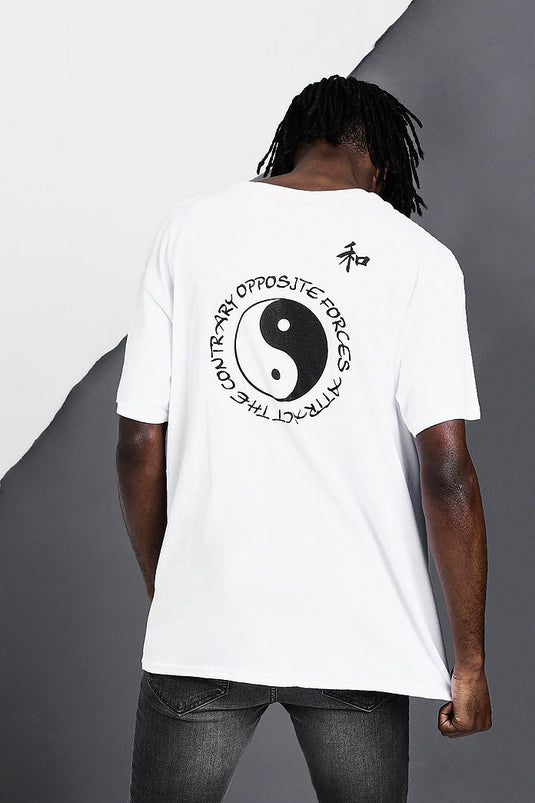
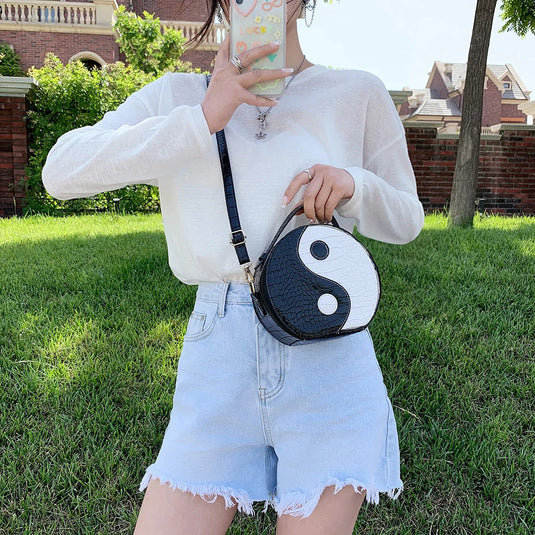

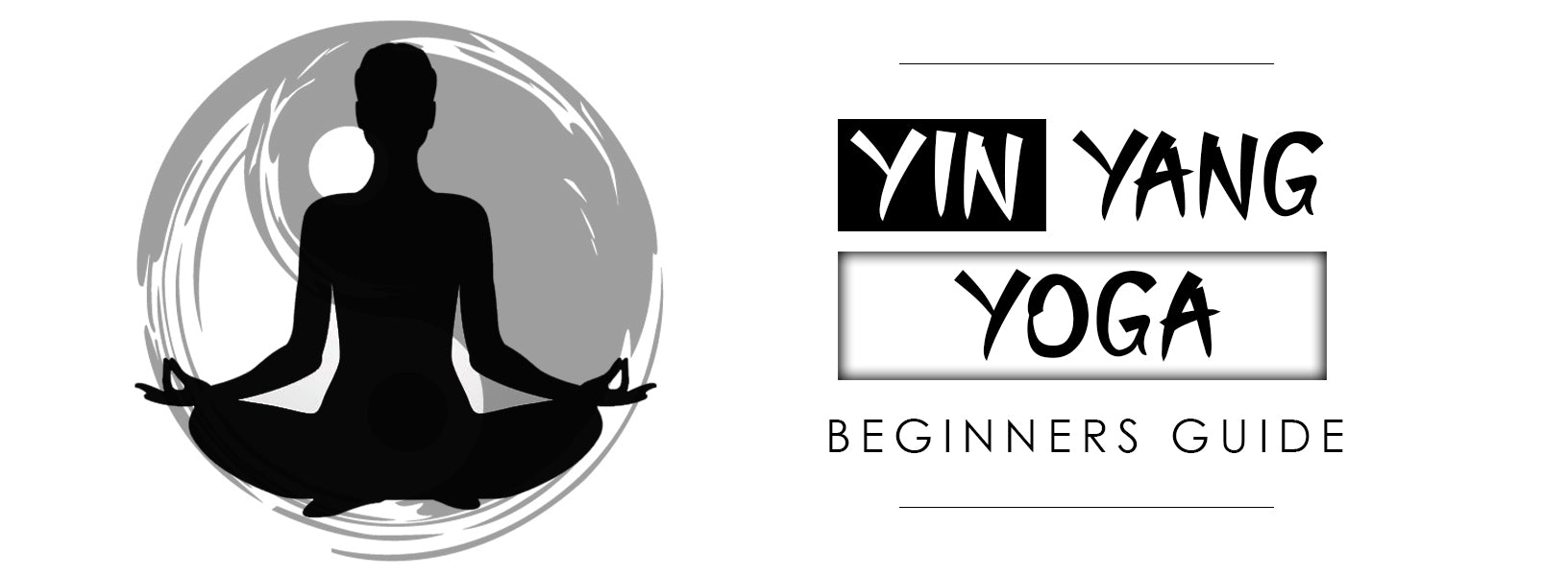



Sidra zulfiqar
I love yoga and I’m also yoga trainer your website is very helpful for me